There seems to be a divide between people.
Those who are satisfied by one cupcake, and those who aren’t.
I know, I know. I may be splitting things too readily (maybe you’re satisfied by a chocolate cupcake but not vanilla? Maybe you just don’t like those darn cupcakes…), but it seems to me that in our current culture, there’s this notion that a treat, be it a cupcake in this scenario, or whatever other similar combination of ingredients–should be satisfying.
I’m here to say–if that cupcake satisfies you, COOL! If it doesn’t… there isn’t anything wrong with you. You’re having a totally normal reaction if you want more cupcakes after one. You’re not “bad”. You’re not “greedy”. It took me way too many years of my life beating myself up for wanting to drink that whole pitcher of juice as a kid or desiring a full plate of brownies before I started to realize there was nothing wrong with ME, and there could instead be something lacking in those foods. Let me explain:
The Satisfaction Scale
When we look at foods and how they provide us with satisfaction, we’re taking into account a few different factors:
- Nutrient Density: how many micronutrients, such as vitamins and minerals, does this food provide? What is the phytonutrients and other compounds does it contain?
- Fiber Content: How much and what types of fiber are provided by this food? Any? Insoluble, soluble? Does it take time to chew?
- Glucose versus Fructose levels: Only about 20% of glucose is processed by the liver, quite the difference from 100% of fructose, which varies the total body burden these two types of carbohydrates place on our systems. In addition, fructose does not affect our hunger and appetite hormone ghrelin, whereas glucose does. Glucose can literally affect hormones telling our bodies “we’re full!”, something fructose doesn’t do.
- Water Content: How much of the food’s content is actually water? Foods that are more hydrating can signal satisfaction, and often hunger signals can be confused for thirst.
- Caloric Density: a calorie is the unit of energy foods can provide us with. The more calories a food contains, the more energy it contains. When a food contains more energy, our bodies can therefore use that energy to give US real energy. Science!
Some of the factors can have more satisfying results than others. When you compare something like leafy green salad with some beans on it and a nice vinaigrette versus the equal amount of calories from a cupcake, which food will hit more of the above satisfaction factors?
Salad:

- Nutrient Density: Deeply colorful greens and other vegetables are rich in those phyto and micronutrients. Plenty of vitamins and minerals to be found here.
- Fiber Content: Those same greens also provide plenty of insoluble fiber, which fills our digestive tract and provides good food for happy bacteria in our guts. Those beans also hit us up in the fiber department.
- Glucose versus Fructose: Vegetables are indeed carbohydrates, though in lower quantities. Vegetables are primarily sources of glucose, not fructose. This will help signal the body to manage an appropriate appetite in response to eating these.
- Water Content: Vegetables have plenty of water within them. Thanks for refreshing salad, imagination!
- Caloric Density: The vinaigrette and beans provide us with additional calories, coming from minimally processed oils like extra virgin olive oil and proteins within the beans.
Cupcake:
- Nutrient Density: Unless we’re talking about a super-food infused cupcake, there are not many nutrients coming from this source of primarily processed carbohydrates and fats.
- Fiber Content: Again, not much fiber in a conventional cupcake, since they’re made with refined flours.
- Glucose versus Fructose levels: Most cupcakes will be made with granulated sugar, which is a 1:1 split of glucose to fructose. Because of the increased fructose making up the total carbohydrate profile, there is more of a burden on the liver to process that fructose, and additionally that fructose doesn’t affect the hunger hormones, which help tell us when we’re full.
- Water Content: Not much naturally occurring water in here! And much dampness has been baked away (i.e. from a batter to a cake!)
- Caloric Density: The cupcake’s real saving grace in trying to help you feel full is its caloric density. Unfortunately, for many people the amount of calories in such a small package often won’t quite cut it in terms of satisfaction, without the mix of all the other factors above.
See the point I’m trying to make here? Yes, there can be additional extraneous factors in both these scenarios (enjoying the cupcake with friends can be quite satisfying, eating a salad alone can be pretty darn sad), but if you compare these two foods more objectively, does it make sense to beat yourself up if you are someone that falls into the “I can’t have just one (insert delicious and likely more processed food item here” camp? Because guess what–it’s ok! It’s not your lack of mental fortitude, it’s your physiology working properly!
So when you feel frustrated or like your body isn’t speaking to you in a language you understand, try emphasizing foods that fill up more of the satisfaction scale markers. Let those outweigh the other, less efficient satisfaction foods and see what happens.
